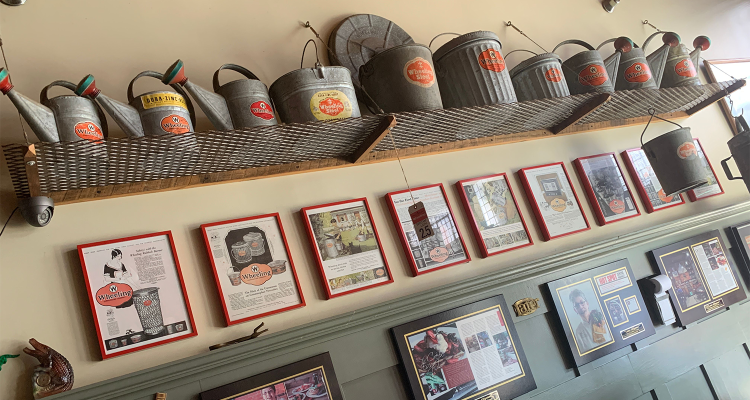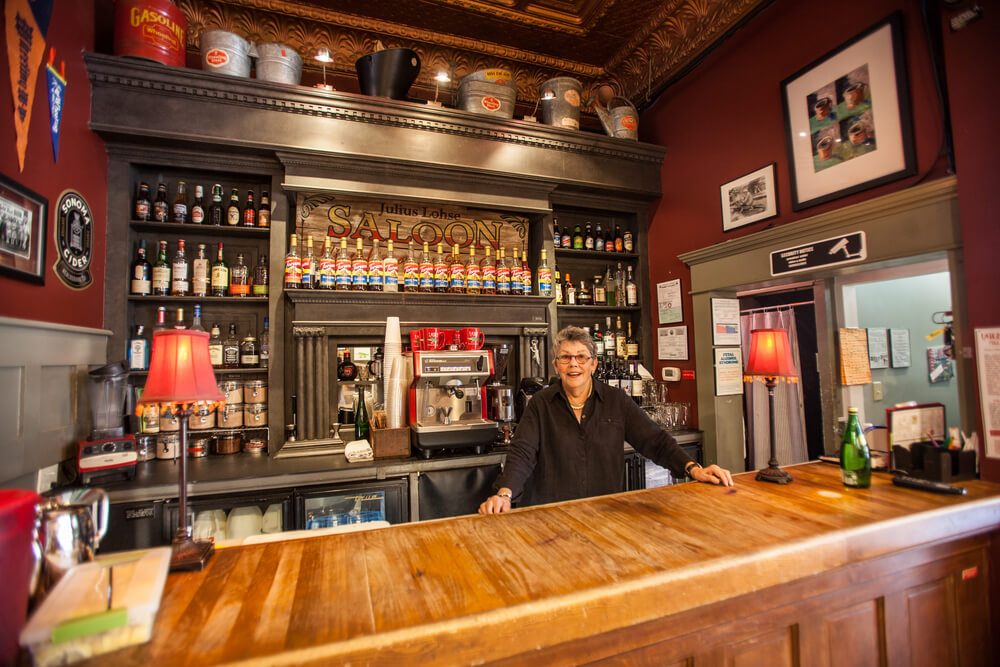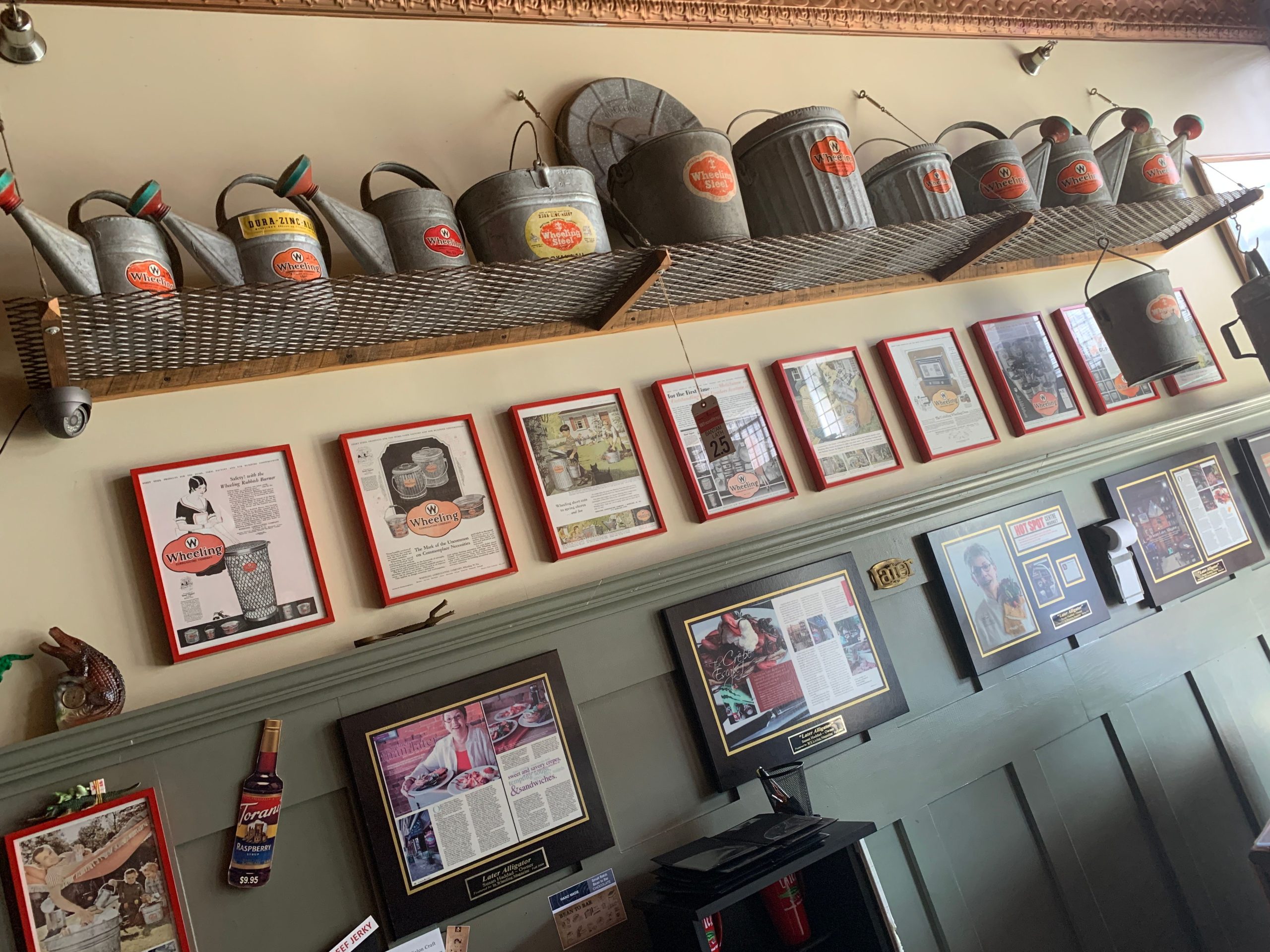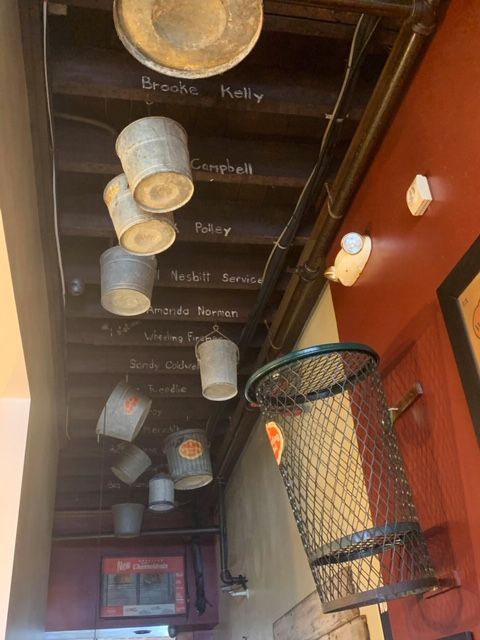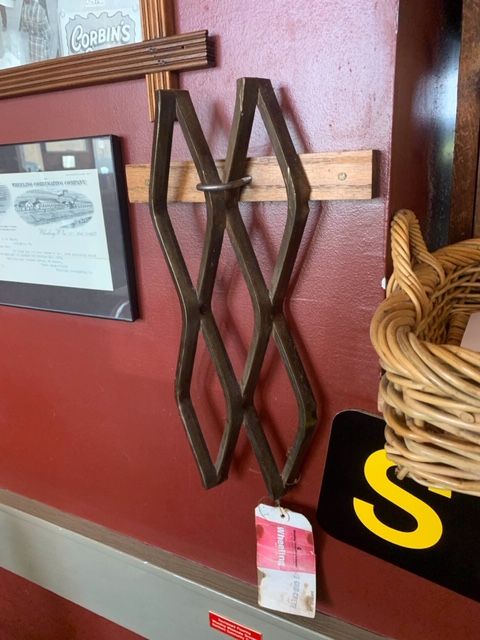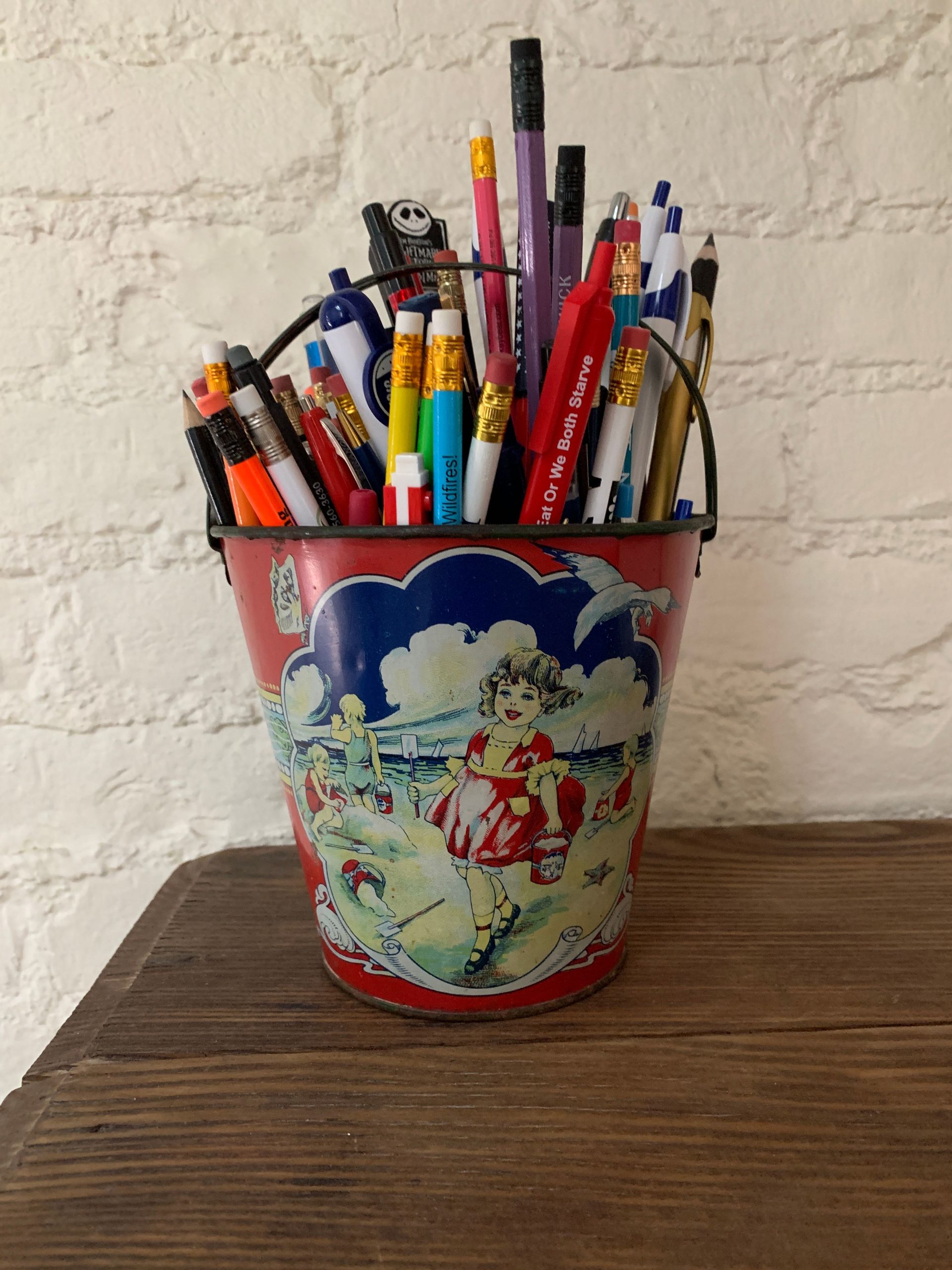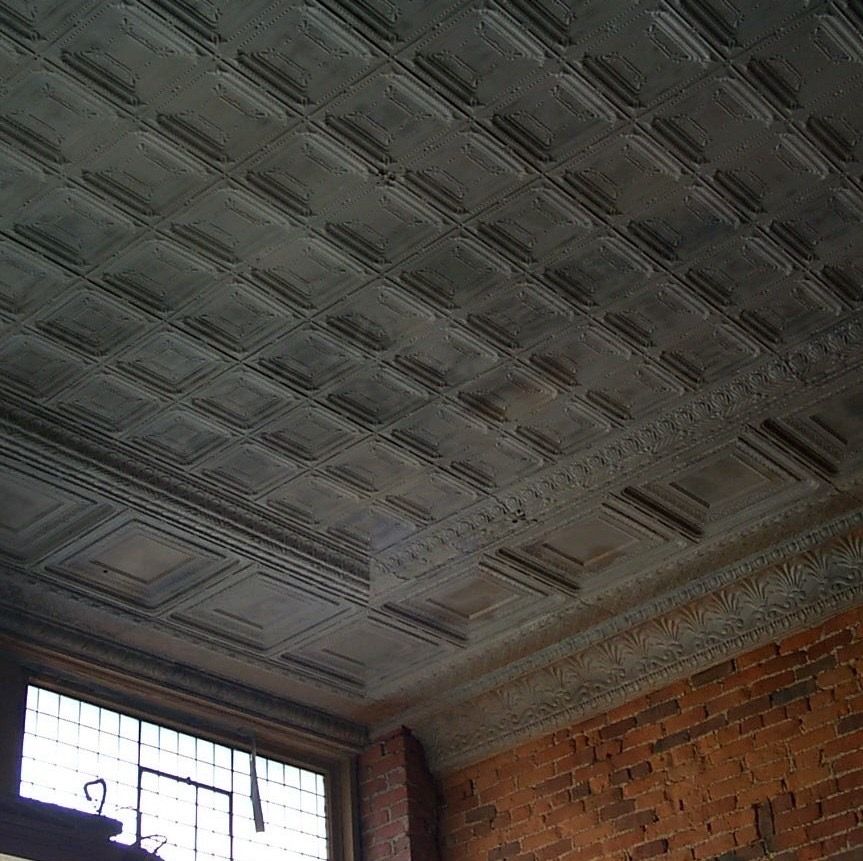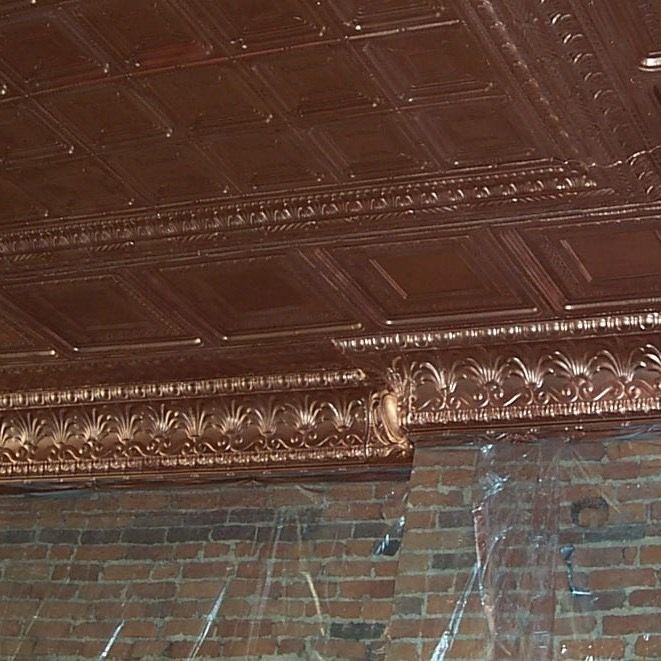In the heyday of the manufacturing era, no company was better known around the Ohio Valley than Wheeling Steel. The company employed thousands of people in its factories nestled along the banks of the mighty Ohio River.
And now, many find the company’s product quite collectible.
‘NAIL CITY’
According to eWV, the West Virginia Encyclopedia, Wheeling Steel Corporation was organized on June 21, 1920, when LaBelle Iron Works, Whittaker-Glessner Company and Wheeling Steel & Iron Works joined forces. During that decade, Wheeling Steel employed more than 17,000 workers and was the nation’s third-largest steelmaker. The company’s best-known product was the cut nail, which was so important locally that it spawned Wheeling’s nickname of that era, “Nail City.”
In the 1880s, Wheeling Steel & Iron’s Benwood works produced the very first steel pipe in the country. Other notable products manufactured at the company’s various plants through the years were steel plates and sheeting, as well as household goods such as tin cans, outdoor garbage cans, lunch pails, clothes dryers and gas tanks for automobiles. Each piece was prominently labeled with the familiar red logo, which my dad and his colleagues who worked at Wheeling Steel in the 1970s jokingly referred to as the “pregnant tomato.”
The company celebrated its 40th anniversary in the early 1960s. Business was booming. At that time, the massive company’s facilities dotted over 30 miles of the river valley between Benwood and Steubenville. The manufacturing conglomerate owned and operated Ackermann Works in Wheeling, Beech Bottom Works and the adjacent Steelcrete Works, Benwood Works, LaBelle Works in South Wheeling, Martins Ferry Works, Steubenville Works, Wheeling Works and Yorkville Works. Wheeling Steel’s slogan was “From Mine to Market” and the company lived up to those words, utilizing their own coalmines to feed the coke ovens which produced the carbon used to make steel.
‘IT’S WHEELING STEEL’
Throughout the years the company was in business, its influence could be felt all over the Ohio Valley. And that influence extended well beyond producing steel and iron. The company’s advertising department director, John L. Grimes, pitched the idea of a musical variety show designed to foster community goodwill and promote Wheeling Steel’s many products.
In November 1936, “It’s Wheeling Steel” debuted on Wheeling radio station WWVA. According to eWV, the West Virginia Encyclopedia, the show consisted of light classics, popular music and show tunes performed by local musicians and members of the company’s extended employee family. Well-known bandleader, composer and arranger Lew Davies was brought on board to handle the show’s musical arrangements.
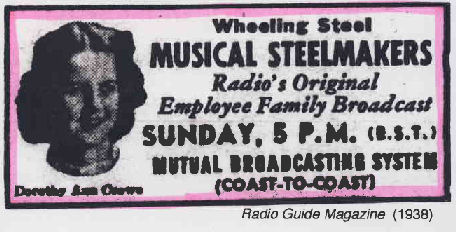
The program was very well-received by local audiences. In January 1939, it was picked up by the Mutual Broadcasting System and became a nationwide sensation. That June, the Wheeling Steel musicians performed at the World’s Fair in New York, and more than 26,000 people attended the outdoor concert. In 1941, the show moved to the NBC Blue Network and rose to fifth place in listener ratings. During World War II, “It’s Wheeling Steel” encouraged listeners to support the war effort by buying bonds. A single show broadcast from the West Virginia University Fieldhouse during that time generated more than $650,000 in bond sales for the country’s “Buy a Bomber” campaign.
The beloved radio program was still at the height of its popularity in 1944 when it was discontinued, primarily because of Grimes’ declining health. Later, arranger Davies would go on to work with Lawrence Welk, assisting him in the creation of a musical television variety show based in large part on the format of “It’s Wheeling Steel.” (Now isn’t that just a fun little tidbit of wild and “wunnerful, wunnerful!” Wheeling trivia!)
A NEW GIANT
According to Wikipedia, Wheeling Steel merged with Pittsburgh Steel in 1968 to form the new giant, Wheeling-Pittsburgh Steel. The golden years continued for another decade or so before changing times began to get the better of the company. In 1985, Wheeling-Pittsburgh Steel filed for bankruptcy.
By 1990, the company’s employee roster had dropped below 6,500 workers. The company again filed for bankruptcy in 2001 and emerged from its protection in 2003. In 2007, the company was acquired by Esmark. Some people hoped that the company could again rise to prominence in the steel industry, but regrettably, those glory days were over.
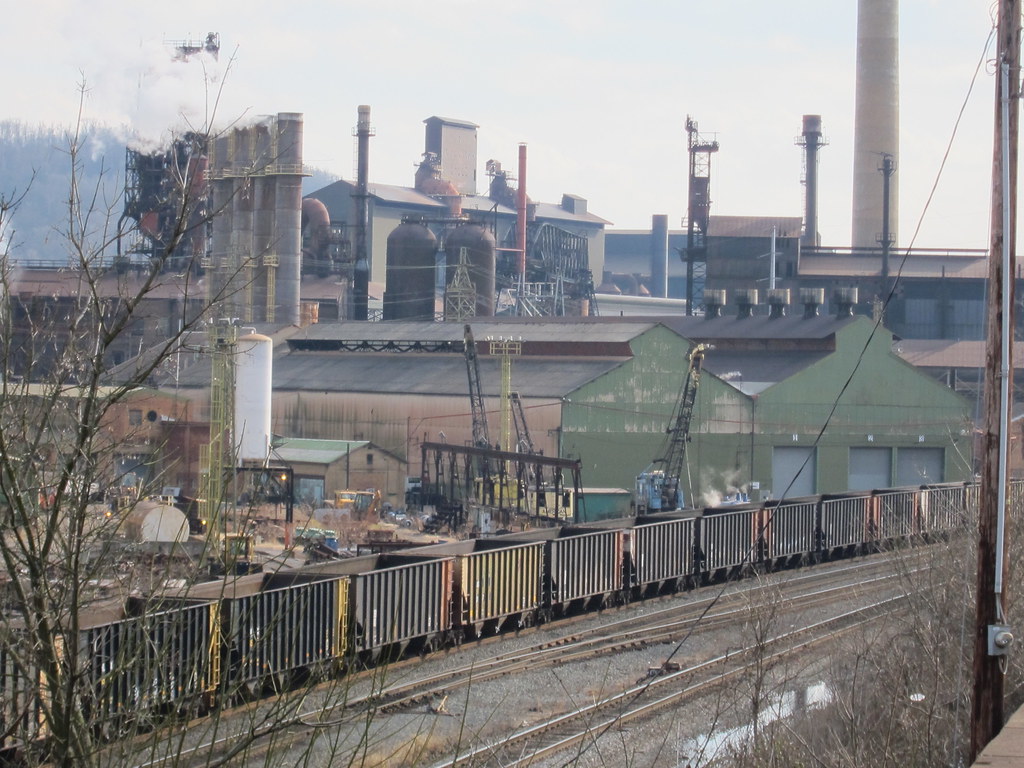
In 2008, Esmark’s holdings in Wheeling-Pittsburgh Steel were acquired by Severstal. After only three years, Severstal sold the former Wheeling-Pittsburgh Steel operations to RG Steel in 2011.
The company fared even more poorly under RG Steel’s ownership, and only a year later, RG Steel filed for bankruptcy and initiated mass employee layoffs. As part of the bankruptcy proceedings, the Yorkville, Steubenville, Mingo Junction and Martins Ferry plants were all sold. The Follansbee coke-making facility was retained by Severstal until 2014, when it was sold to AK Steel, which still operates it as Mountain State Carbon.
Wheeling Steel and all of its historical iterations had ceased to exist.
VINTAGE HOUSEHOLD WARES — A FAVORITE OF COLLECTORS
Though the steelmaker is now long gone, admiration for its products still abounds.
Collectors especially enjoy adding to their collections of vintage metal treasures with the one-of-a-kind red label.
Susan Haddad is one such collector. Anyone who has enjoyed a meal at Haddad’s popular eatery, Later Alligator, has gotten an up-close look at her collection of Wheeling Steel memorabilia.
When asked how her collection began, Haddad responds with a smile, “Oh, I’m a junker!” She shares that she still has in her possession an old Wheeling Steel bucket that her late father used to wash his car. That piece was among the first in her collection.
“I used to go to lots of garage sales,” she tells Weelunk. “In the ’70s and ’80s, Wheeling Steel pieces were cheap and easy to find.”
Haddad is a gardener, so she picked up a Wheeling Steel tin watering can or two. She then discovered that the company made them in a number of different shapes and sizes, so she set about searching for one of each type. She has since completed that quest and gone well beyond it.
Haddad owns old advertising pieces, burn buckets, trash cans, pieces made for military use in World War II, equipment manufactured for gasoline stations, salesmen’s samples and numerous other unique gems. The walls of her charming restaurant are adorned with vintage original artwork of “King Can,” Wheeling Steel’s advertising mascot from the 1940s. Haddad is a wealth of knowledge about all things related to Wheeling Steel; she shows off ads and information about Cop-R-Loy and Ductillite, which are two specific types of metal the company also produced.
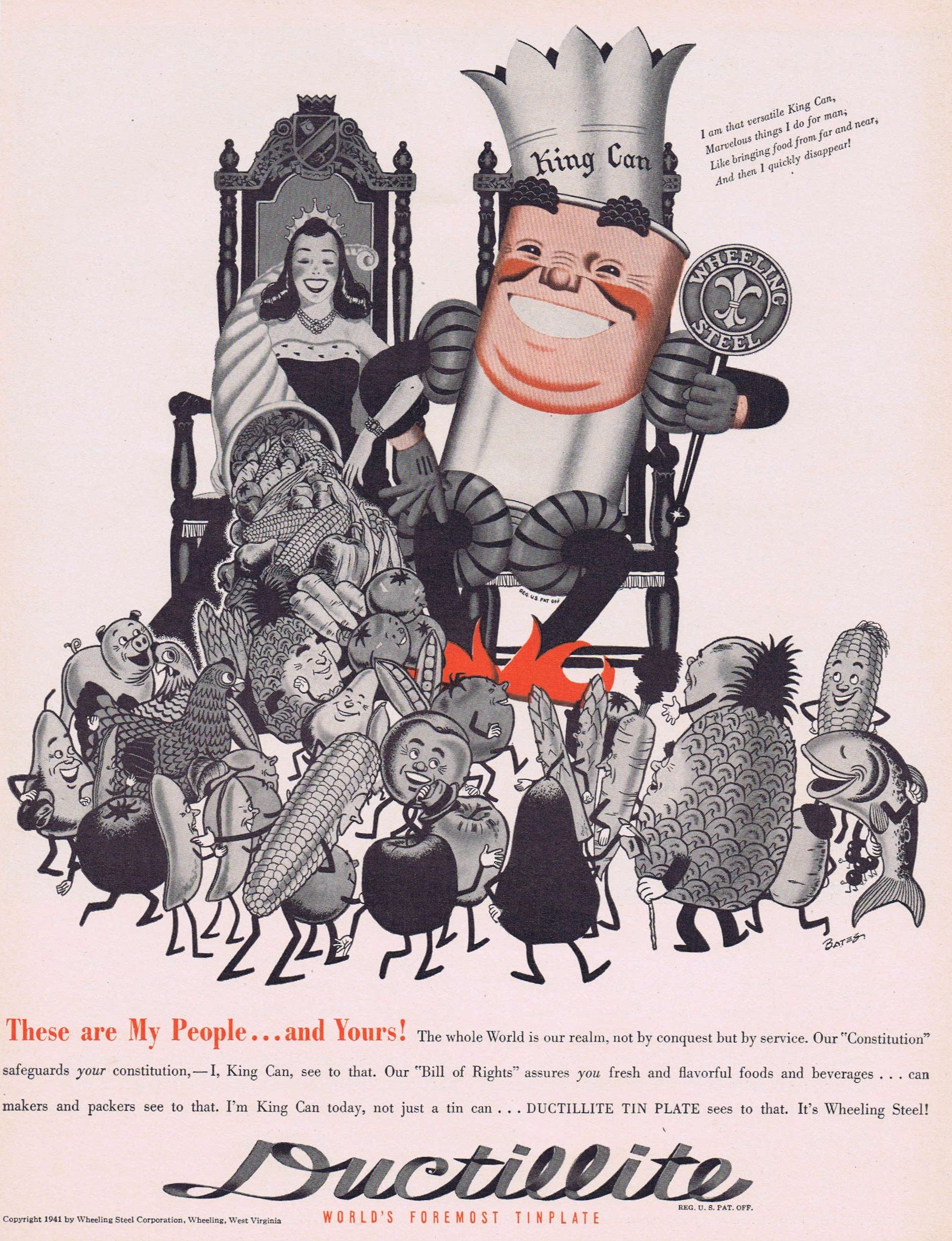
When Haddad began the rehabilitation of the building that we now know as Wheeling’s only creperie, she was pleased to discover a Wheeling Steel tin-plated ceiling in her future restaurant. It was hidden beneath not just one but two dropped ceiling installations and a thick coat of paint tinged with “over 100 years of abuse,” as she puts it. “The ceiling was one of the first major projects I took on,” she recalls.
“I bought a sandblaster but it turned out to be way too small for the job, so I borrowed a commercial one from my auto body shop. It took me nearly a month but I took the entire ceiling down to the original gray tin.” After searching eBay for matching pieces to replace some missing tiles, Haddad gave the ceiling an undercoat of red metal primer and then spray painted the ceiling copper.
As a restaurateur, Haddad is familiar with all the new beverage trends, including that of individually canned servings of wine. She reveals that this is not a new development at all; Wheeling Steel tried a similar marketing strategy in decades past that didn’t take off as they’d hoped it would.
Later Gator customers may also have noticed the pointed-bottom bucket on the south wall facing the street and wondered about its odd shape. “That’s a fire brigade bucket,” says Haddad. “It’s shaped that way so that no one was tempted to set it down as it was handed from person to person.”
Over the years, customers and friends of Haddad’s have gifted her with many pieces to add to her collection. “When Wheeling Corrugating was about to close, one of their executives, who was a customer of ours, asked me if I’d be interested in some metal sheeting. “I can’t give it to you, but I can sell it to you cheap!” he told me,” laughs Haddad. She took him up on his offer and loaded down her car with enough corrugated sheeting to cover the facade of her garage. This durable “siding” has withstood both harsh weather and the test of time and still protects her garage today.
When asked if she is still growing her collection, Haddad reveals that every six months or so, she’ll do an online search to see what’s available. She says she’s had good luck on Facebook Marketplace and Craigslist as well as eBay. But now that Wheeling Steel is history and their products are more sought after, prices have risen accordingly; they are no longer easy to find at 1980s garage-sale prices. But if Haddad discovers a fun item that she doesn’t already own and the price is right, she may just give in to the temptation to add something new to her assemblage.
TIME MARCHES ON
What lies ahead in the Wheeling Steel chronicles? The Schmulbach Building at 1134 Market St. in Wheeling served as the company’s corporate headquarters for decades after its purchase by Wheeling Steel in the 1940s. The building was vacated in 2013 and is in the process of being renovated by Canton, Ohio, developer Steve Coon.
Coon plans to convert the building into more than 100 residential units. If and when that project comes to fruition, those living spaces will be blessed with a powerful legacy — one literally built of steel.
• A lifelong Wheeling resident, Ellen Brafford McCroskey is a proud graduate of Wheeling Park High School and the former Wheeling Jesuit College. By day, she works for an international law firm; by night, (and often on her lunch breaks and weekends) she enjoys moonlighting as a part-time writer. Please note that the views expressed in her writing are solely her own and do not necessarily reflect those of anyone else, including her full-time employer. Through her writing, Ellen aims to enlighten others on causes close to her heart, particularly addiction, recovery and equal rights. She and her husband Doug reside in Warwood with their clowder of rescued cats, each of whom is a direct consequence of his job as the Ohio County Dog Warden. Their family includes four adult children, their spouses and several grandkids.


